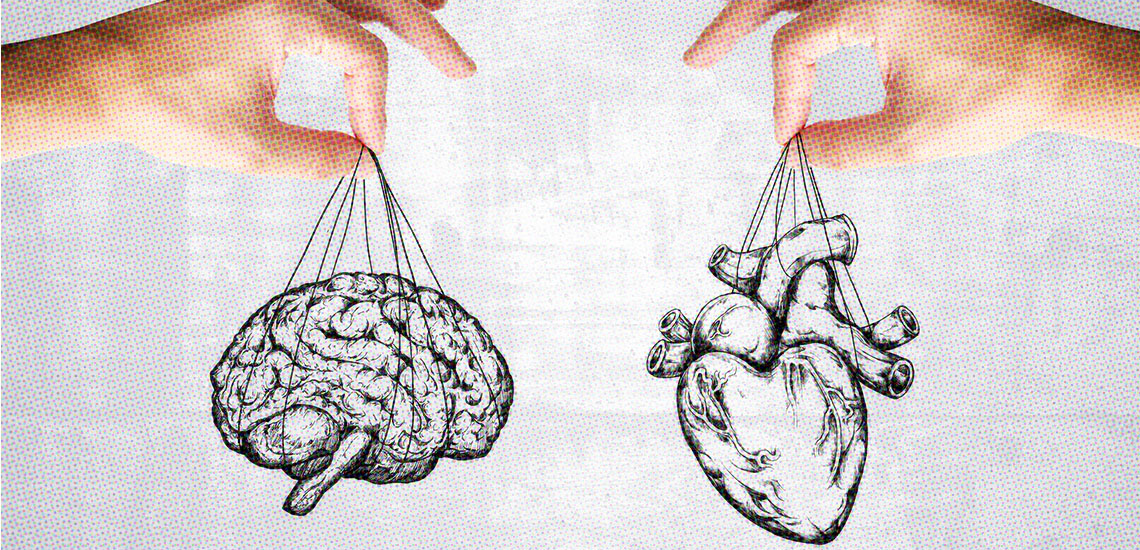Consumer opinion is the primary evaluation tool of traditional concept and packaging development. So primary, in fact, that it’s often used as the only evaluation tool. This wouldn’t be an issue were traditional evaluation methods able to capture the entirety of what a consumer really thinks and feels. Unfortunately, they usually don’t.
What’s wrong with measuring opinion?
Consider this common scenario. Concepts are sent to focus groups and research teams, asking questions like “what do you like about this idea?” and “how much would you expect to pay for this product in-store?”. The results come back, a pack design is chosen. But there’s a problem: consumers aren’t reacting the way surveys and focus groups said they would.
The traditional approach has failed to capture the unconscious drivers of human behaviour. It’s like this:
- A person sees a pack design.
- They feel something.
- They think about their answer.
- They deliver their answer.
- Their answer is recorded, analysed and used to inform design decisions.
The problem is that traditional approaches don’t capture stage 2, where the unconscious reactions are at their most pure. These reactions, feelings, or associations, are key drivers of real world behaviour, just as much as (if not more than) the rational, thought out answers. Asking someone how they feel about a design introduces a ‘consideration filter’ to their answer: it becomes what they think about the design, rather than what they actually feel.
As a result, you are able to measure only one perspective of what drives consumer behaviour: the rational perspective.
That’s why we’ve developed a solution that removes that filter, combining multiple methodologies to better analyse new pack designs over multiple metrics, using multiple perspectives. If you want to know the true impact of a pack design, you need to go back to the real beginning of consumer opinion: unconscious associations.
The role of system 1
These unconscious associations are the realm of ‘system 1’: human thinking that reacts rather than considers. It is fast, emotional and very difficult to stop or change once it has activated. Every pack design’s first reaction is under the dominion of system 1.
As soon as you ask someone about their reaction, they automatically switch from 'system 1' to ‘system 2’: the rational side of the human mind that’s slower, considered and functional. Useful to consider, but not a complete view. This is why the first step in our methodology is to capture this reaction before it transfers to conscious thought.
One way we do this is through implicit testing. This method utilises behavioural tasks that encourage the respondent to react instantly to a given stimulus (your pack design) rather than pushing them into thinking exercises that don’t hold the full story.
System 2 still has its place
System 2 analysis still contains considerable value, but it’s only in the final part of the process that we actively engage consumers in cognition, bringing the design into direct focus and utilising traditional measures.
Rather than being the sole focus of the outcomes and recommendations, these measures provide additional data for the behavioural and unconscious metrics.
When combined, system 1 and system 2 based research provide understanding far more rich than only using one or the other, and ultimately results in a more optimised pack design decision.
What’s next?
When evaluating new ideas, opinion matters—but you have to capture all facets of that opinion. Rely on conscious thought alone, and your decisions will be informed by only half the evidence.
Learn more about Sapien's unique approach to idea testing and speak to one of our experts today to start your journey towards identifying ideas that work.






